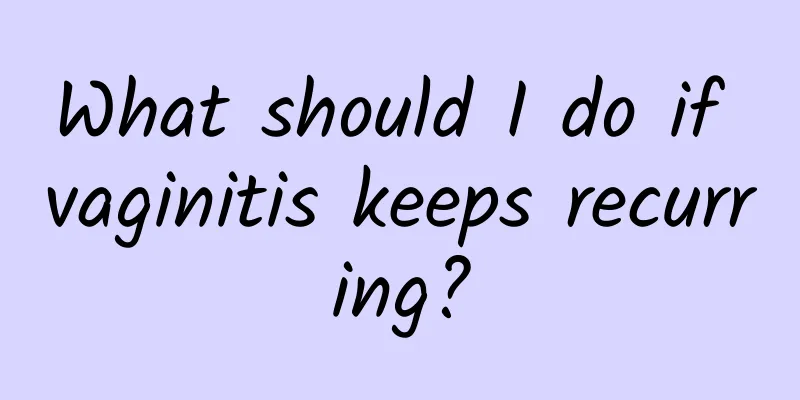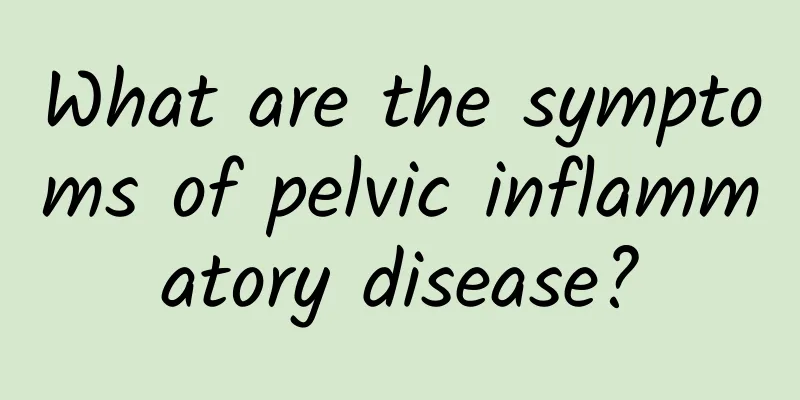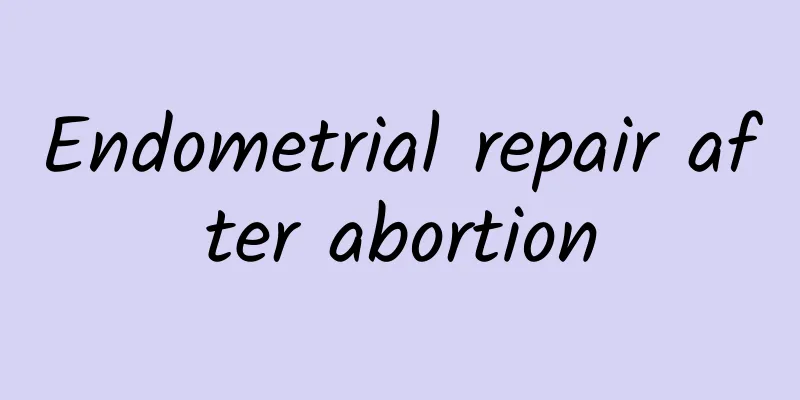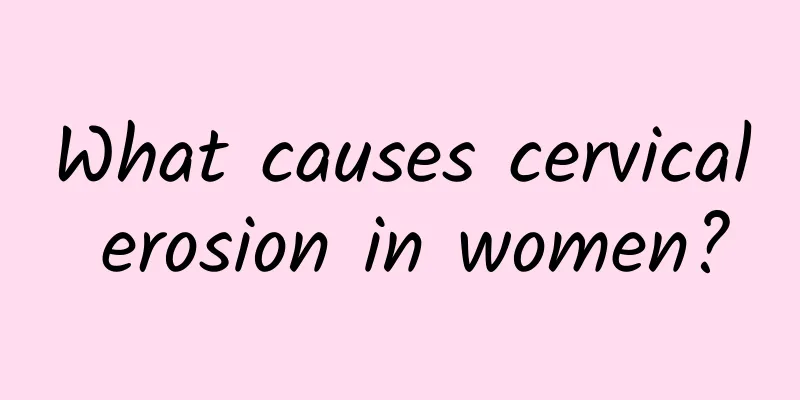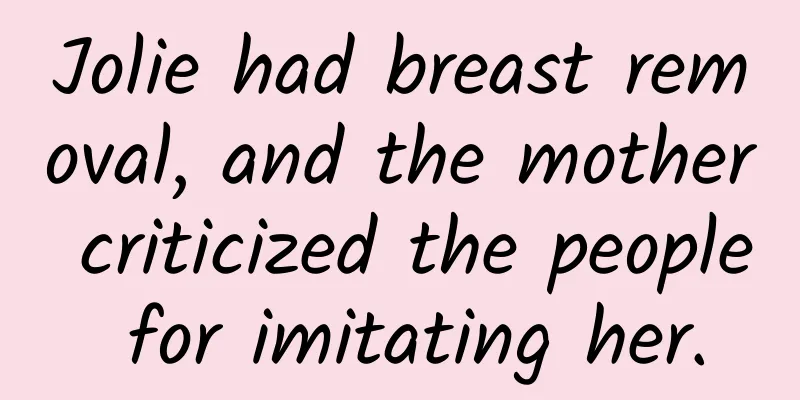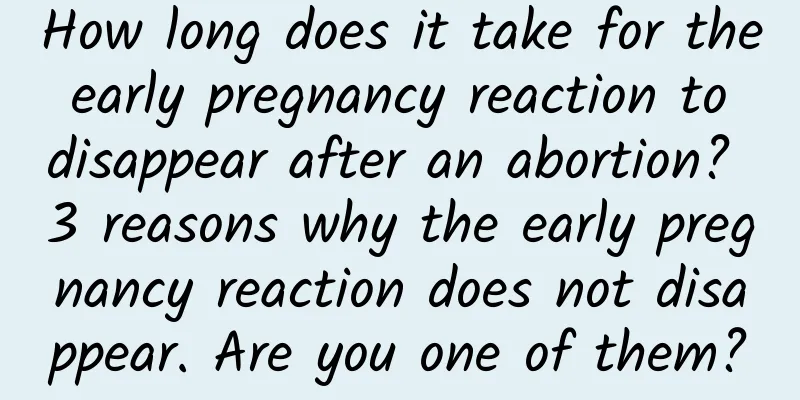How to treat subserosal uterine fibroids? What are the treatments for subserosal uterine fibroids?
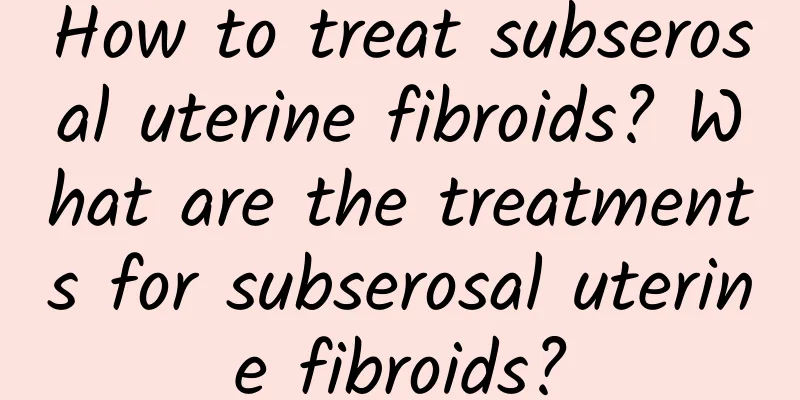
|
Subserosal uterine fibroids refer to fibroids that protrude from the serosa. Generally speaking, since subserosal uterine fibroids are located outside the uterus, they will not cause menstrual changes. However, subserosal uterine fibroids have the risk of acute abdominal pain caused by tumor pedicle torsion, which should not be underestimated by patients. So, how to treat subserosal uterine fibroids? Subserosal uterine fibroids account for about one-fifth of uterine fibroids, or about 20%, and generally have no obvious symptoms. Clinically, when subserosal uterine fibroids are discovered, the fibroids compress other organs or the tumor pedicle twists, causing acute abdominal pain. It should be noted that since subserosal fibroids are in direct contact with the pelvic cavity outside the uterus, they are prone to infection and degeneration. Compared with submucosal and intramural fibroids, There are many methods for treating subserosal uterine fibroids, which are commonly used: 1. Expectant therapy: Myoma is small, asymptomatic, without complications and degeneration, and has no impact on health. For perimenopausal patients, without clinical symptoms, it is considered that ovarian dysfunction may cause myoma to shrink or shrink. Expectant therapy can be adopted in all the above cases, that is, regular follow-up observation (once every 3 to 6 months) in clinical and imaging aspects. The treatment will be decided based on the review results. 2. Drug therapy: There have been many new advances in drug therapy. 3. Surgical treatment: For patients with fibroids, the age for hysterectomy was previously set at over 45 years old. Now, the age for ovarian preservation is generally 50 years old (the average age of menopause is 49 years old). That is, those under 50 years old who can preserve their ovaries should do so. Or those who are over 50 years old and have not reached menopause should also preserve their normal ovaries, regardless of age. 4. Radiotherapy is ineffective, surgery is contraindicated or surgery is refused, but there are certain contraindications. |
>>: What are subserosal uterine fibroids? What are the symptoms of subserosal uterine fibroids?
Recommend
Can you get pregnant with endometriosis?
It is possible for patients with endometriosis to...
What are the examination items for cervicitis?
What are the examination items for cervicitis? It...
Is it necessary to have a uterine curettage if there is residual material in the uterus but no bleeding after a spontaneous abortion?
If there is residual material in the uterus after...
What are the clinical characteristics of functional uterine bleeding?
What are the characteristics of the clinical symp...
What foods should not be eaten with adenomyosis
Patients with adenomyosis should avoid high-hormo...
Two common treatments for moderate cervical erosion
Since most symptoms of mild cervical erosion are ...
Core muscle group training 4 abdominal muscles front bridge to prevent injury
Office workers are prone to lower back pain, wais...
What to eat for irregular menstruation? Teach you seven dietary therapies to easily treat irregular menstruation
Menstruation has been a "good friend" o...
Nutritionists recommend 3 "1" principles for eating zongzi healthily
The Dragon Boat Festival is coming, and the fragr...
Little secret to lose weight! Brushing your teeth and doing this can help cleanse your abdomen and detoxify
Bowel cleansing habits: "elbow-raising brush...
What causes excessive menstruation? 7 major culprits revealed
Many women feel that their menstrual flow is too ...
Experts remind: Small uterine fibroids can be observed, no need to rush for surgery
Nowadays, more and more women suffer from gynecol...
What are the symptoms of Bartholinitis?
Bartholinitis is an inflammation of the Bartholin...
Experts explain how to scientifically regulate dysmenorrhea
Female friends who suffer from dysmenorrhea must ...
Precautions for patients with severe cervical erosion after physical therapy
Severe cervical erosion is very harmful to women....

